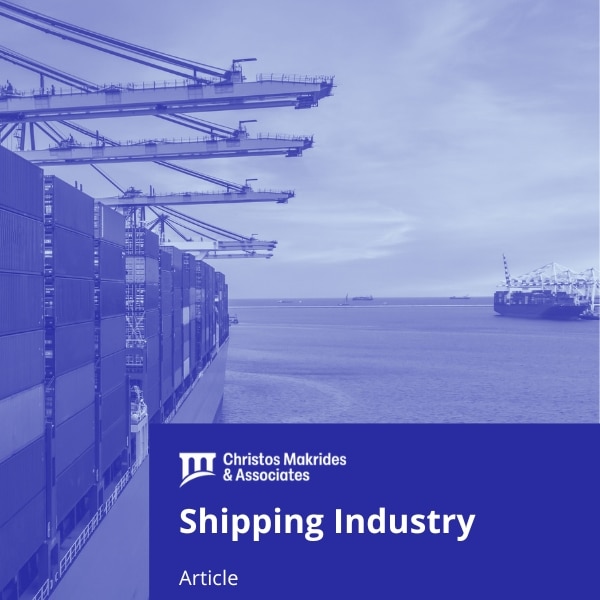How significant is the EU shipping industry and maritime transport in trade?
According to Eurostat’s recently released data, maritime transport was the dominant mode for moving goods within the European Union. It accounted for an impressive 67.4% of the total goods transported, judged by weight and distance travelled (measured in tonne-kilometres). This highlights the critical role of sea freight in enabling Europe’s trade activities across member states and the importance of the EU shipping industry for the European economy.
Which transport modes followed maritime shipping in importance?
Following maritime transport, road freight was responsible for 25.3% of EU’s goods movement. Road transport showed a growth of 2.8 percentage points compared to 2013, marking it as the only mode to witness an increase in the last decade. Rail transport accounted for 5.5% of the goods movement, internal waterways represented 1.6%, and air transport held a modest share of 0.2%.
What shifts have been observed over the past decade?
While road transport saw an increase in its share, there’s been a noticeable decrease in the reliance on maritime, internal waterways, and rail transport. Specifically, maritime transport’s share declined by 2.0 percentage points, while inland waterways fell by 0.6 points and rail by 0.2 points since 2013.
Which countries rely most heavily on maritime transport?
For countries like Portugal, Cyprus, and Greece, maritime transport carries the bulk of their trade goods, accounting for over 95% of their total transport. In 15 out of 22 EU countries with coastlines, maritime shipping was the main mode, with more than 70% of goods transported by seas in 10 of these countries.
How do other modes of transport vary by country?
Luxembourg, the Czech Republic, and Hungary are major users of road transport, with over 70% of goods carried this way. Meanwhile, Lithuania, Slovakia, Austria, and Slovenia have significant shares in rail freight. Romania leads in internal waterway usage, followed by the Netherlands and Bulgaria. Air transport remains small but notable in countries like Romania and Luxembourg.
What does this mean for businesses and stakeholders?
Understanding these trends is vital for businesses operating across borders. As transportation preferences shift, organisations might need to adjust their logistics and supply chain strategies to stay competitive. This evolving landscape might require new approaches to managing costs, efficiency, and environmental impact. The shipping industry in Cyprus is evolving rapidly as the island is focusing on promoting itself as an ideal destination for shipowners and ship managers. To understand how Cyprus can be your ideal destination, visit our homepage.
If you are keen to explore how these insights can influence your business strategy or require guidance on navigating the complexities of EU transportation policy changes, feel free to connect with us. For any in-depth discussions or personalised advice, please email us at contact@makridestaxconsultants.com.
Don’t miss out on future insights and updates. Subscribe to our newsletter to stay informed about industry trends and more.


